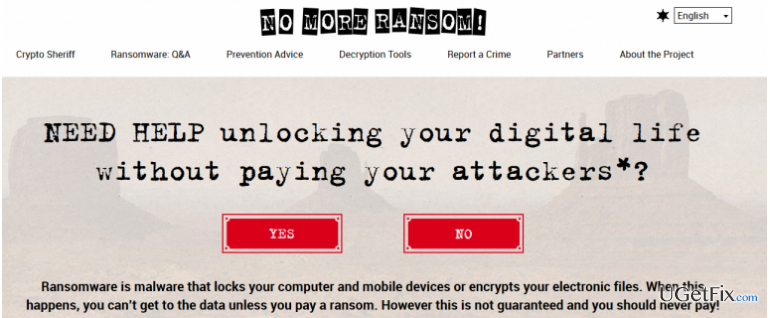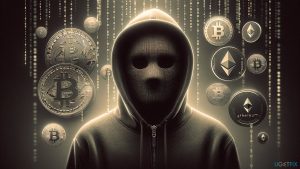
Have you ever been caught by a ransomware virus? Have you ever spend several hundreds of dollars trying to retrieve personal information stored on your PC? If you have, then you know how dangerous and how sneaky a Ransomware virus is.
The first ever known ransomware is AIDS (a.k.a. PC Cyborg) has been registered in 1986. While this type of virus has gained its “popularity” in Russia, soon hackers increased the ransomware network worldwide.
In 2013, research initiated by McAfee revealed that there are more than 250,000 unique ransomware types and this number is increasingly growing. For example, from 2014 up till now, the number of ransomware infected computers grown from 131,000 to 718,000, which is more than 30%. The most notorious ransomware is known as CryptoLocker, which has some variations, including CTB Locker, Cryptowall, Teslacrypt, Locky, and many others.
According to ZDNet, within 15 October and 18 December of 2013, CryptoLocker has managed to earn $27million profit from infected users. This number only proves how huge ransomware issue is and that hackers gave a huge motivation to move on. Even though security experts, software developers, various authorities, and individual online security enthusiasts have taken various precautionary measures to suppress ransomware phenomenon, PC users always lacked trusted/proved information and tips on what actions should be taken when a ransomware note urging to pay the ransom shows up on the screen.
Unfortunately, but the majority of ransomware victims eventually paid the ransom, meaning that a will to decrypt personal data overcame the fear of identity theft. In other words, paying the ransom is a huge risk because money transfer requires the victim to reveal credentials, such as full name, credit card details, address, etc. However, we have some good news for those who have already become ransomware victims and those who are potential victims, meaning us all!
Monitoring this increasing flow of ransomware virus infections, Europol’s European Cybercrime Centre, Netherland’s police, Kaspersky Lab and Intel Security created an alliance and developed a project No More Ransom (nomoreransom.org) and released it this July. Recently, No More Ransom community reported that 32 new partners, including Bitdefender, Check Point, Emsisoft, and Trend Micro, had joined the forces. The purpose of this project is to support ransomware victims, provide all available data decryption methods in one place, list all the tips on how to prevent ransomware infections, introduce the new threats, etc.
To minimize the number of ransom payments, No More Ransom initiators have already developed a “Crypto Sheriff” service, which allows the victims to determine what type of ransomware has locked their data. On top of that, this project is already offering decryption keys for viruses like TeslaCrypt 3.0, TeslaCrypt 4.0, Chimera, and others. It is expected that the number of decryption keys will increase gradually counteracting the most dangerous ransomware virus. In a nutshell, a project like No More Ransom is a huge step forward in the fight against ransomware malware. We would like to believe that hackers will be stopped and zero bitcoin transactions to hackers will be registered soon.
Since these days ransomware distribution has reached a peak, be very careful and avoid visiting illegal websites. DO NOT open questionable email messages, bypass suspicious looking links and ads, prevent useless downloads, and, of course, always keep your guard up. In addition, to minimize the risk of losing personal information, prepare backups regularly. These days, you don’t even have to use USB, CD, DVD or other external storages. As an alternative, use cloud storage, for example, Dropbox or OneDrive.
Finally, of your got caught by ransomware, run a scan with a professional anti-malware to remove the virus first and then visit No More Ransom portal and check for decryption tools there. In case the one that would help you is not yet available, it’s up to you whether to forget about encrypted files or to pay the ransom. BUT don’t forget that paying the ransom does not ensure that your personal information will be retrieved, while information, such as credit card details will be certainly recorded by scammers.



